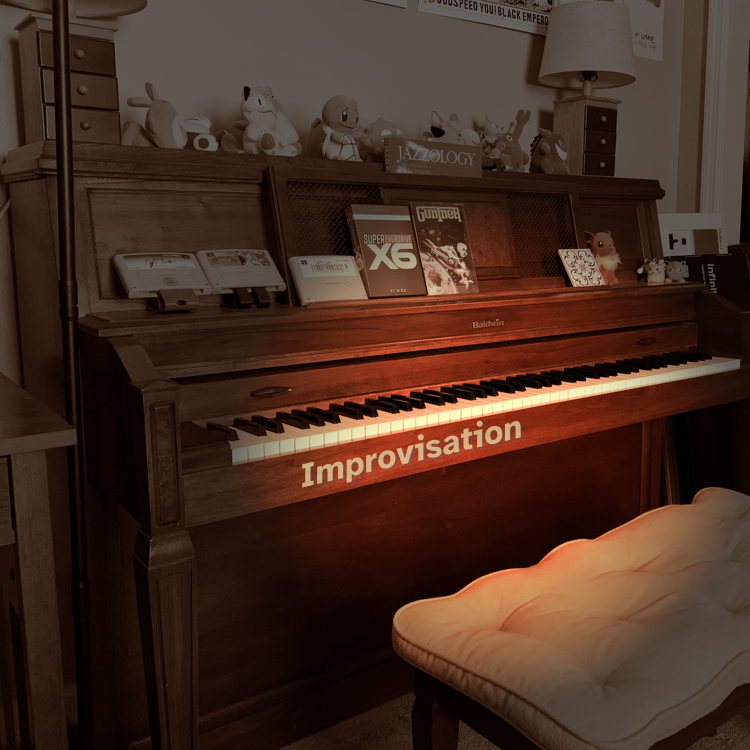tic80
115
12.5mb
TIC-80 is a fantasy computer for making, playing and sharing tiny games.
::|CONTENTS
- TIC-80
- Saving Your TIC-80 Cart
- Voting
- Programming
- Specification
- Sound Chip
- Tutorials
TIC-80
The TIC-80 tiny computer is a free "fantasy computer," or a mini virtual computer with its own OS. It is designed to create small video games. It is limited in size and power. You can download it or use it online
here.
Saving Your TIC-80 Cart
The
save <filename> command will save a copy of the currently loaded cartridge to the local filesystem - the location may vary according to operating system and context:
Windows:
%userprofile%\AppData\Roaming\com.nesbox.tic\TIC-80
Browser (IndexDB):
/com.nesbox.tic/TIC-80/
Voting
To load .tic files on Windows, download and extract the executable from the link above and drag the .tic on the exe.
Programming
TIC-80 supports Lua, Moonscript, Javascript, Fennel, and Wren.
The full wiki can be found
here.
Specification
Display - 240x136 pixels, 16-color palette
Input - 4 gamepads with 8 buttons / mouse / keyboard
Sprites - 256 8x8 foreground sprites and 256 8x8 background tiles
Map - 240x136 cells, 1920x1088 pixels (240*8 x 136*8)
Sound - 4 channels (with editable waveform envelopes)
Code - 64KB (or 512KB in PRO bankswitching)
Bankswitching - Up to 8 banks in cart (PRO version only)
Sound Chip
TIC-80 has four audio channels supplied by its virtual sound chip. These are updated by the sfx() and music() functions in the TIC-80 API. But you can also use poke() and poke4() to make noises.
The music is usually created with the built-in audio editors, but one can code their own music driver and write to the audio ram.
Every frame (60hz), on all 4 audio channels, the 4 bit, 32 length waveform can be changed, which could theoretically be used to produce dynamic sound using various audio synthesis methods.
Tutorials
youtube: Crash course tracking music in TIC-80 ( psenough )


